How Long Should I Wait To Exercise After Pregnancy
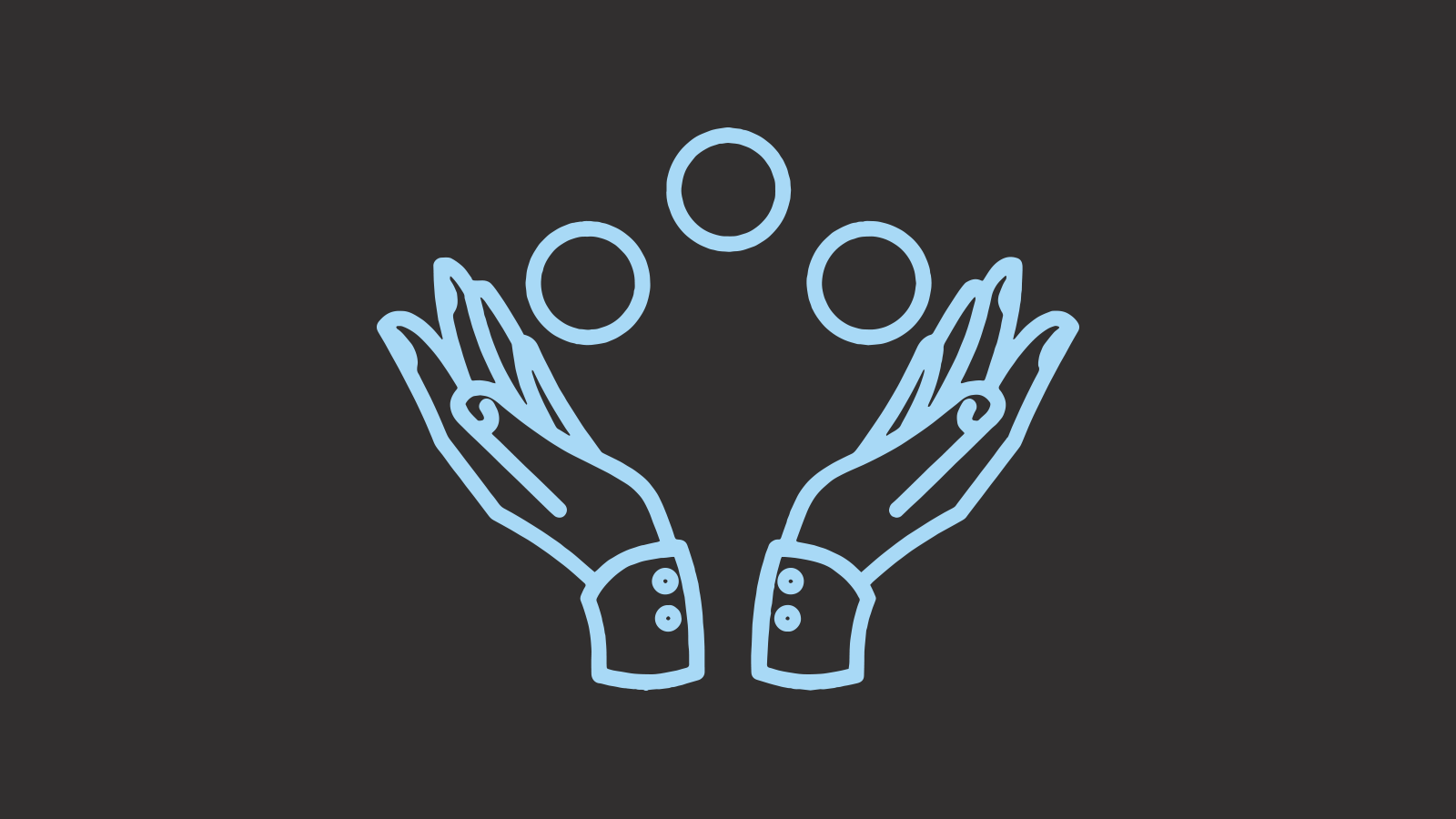
We Mom’s have a lot going on everyday. Kids, husband, work, errands, laundry, spit ups, food fights and then the end of the day rolls around and we are exhausted. We lay in bed at night and think, “Did I even do one thing toady, that took care of me?”.
Often the answer to this question is no, but in our heart, we know we really need too and we really want to be better at taking care of ourselves. So where do we start and what do we do?
The Importance Of Learning How Our Bodies Work
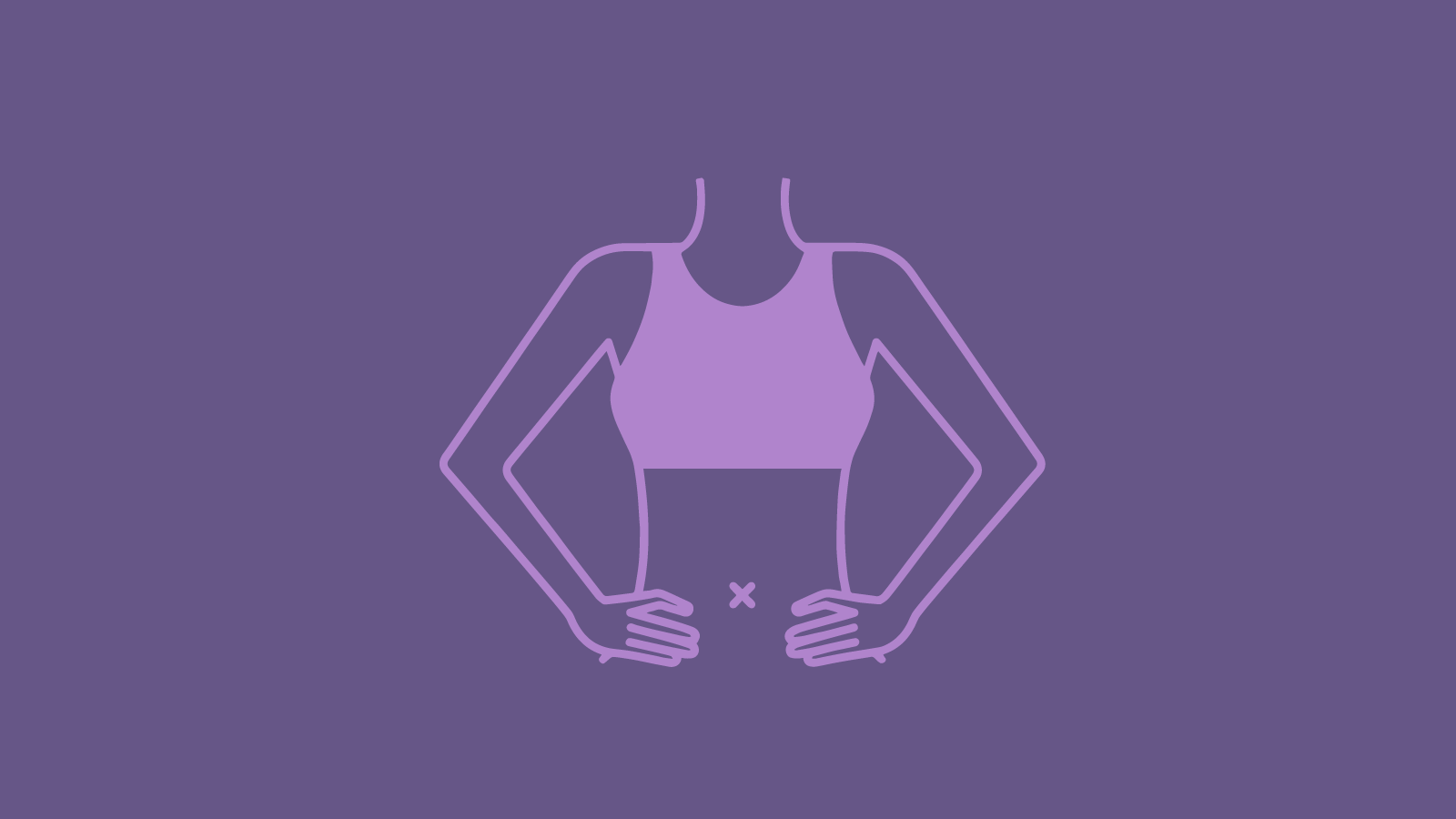
Recently a study was released on the importance of education and how teaching people how the body works actually trains the brain to see things differently. The study revealed that even if all we did was learn about what the body did during a normal movement pattern, that it helped our brain re-prioritze itself and re-set its neural input structure.
I’m not saying you don’t need to do your exercise, because in my profession of physical therapy we know this is necessary, but what I am saying is that once the brain understood what the body was suppose to do, it was able to re-establish a powerful, healthy pathway that could make it more successful before even doing it.
I have been mesmerized by this idea, as sports psychology has always played a huge role in my athlete’s long-term success. Well it’s no different for us as postpartum Mom’s. We are all athletes. Any woman who has worked over 9 months growing a baby and then delivered a baby by vaginal or C-section has done an incredible feat from the physical and mental prospective.
Her body has been transformed to into a factory to make another human being and every cell in her system is working at maximum capacity. She has increased blood volumes, heart and lung capacities and hormones. She is one tough cookie.
A sweet baby is here now and a different type of exhaustion can happen and we Mom’s are left with trying to figure out how to put this amazing body back together. Birthing a baby is an athletic event.
The body delivered, whether through the vaginal floor or abdominal cavity a baby, and it has forever changed the physical self we once had. Each way of birthing has its challenges, physically and emotionally. Depending on baby size and a mother’s body structure, the physical system has changed and we must be willing to accept and re-train the physical system so it is once again be at full strength.
How Do Pelvic Floor Muscles Work
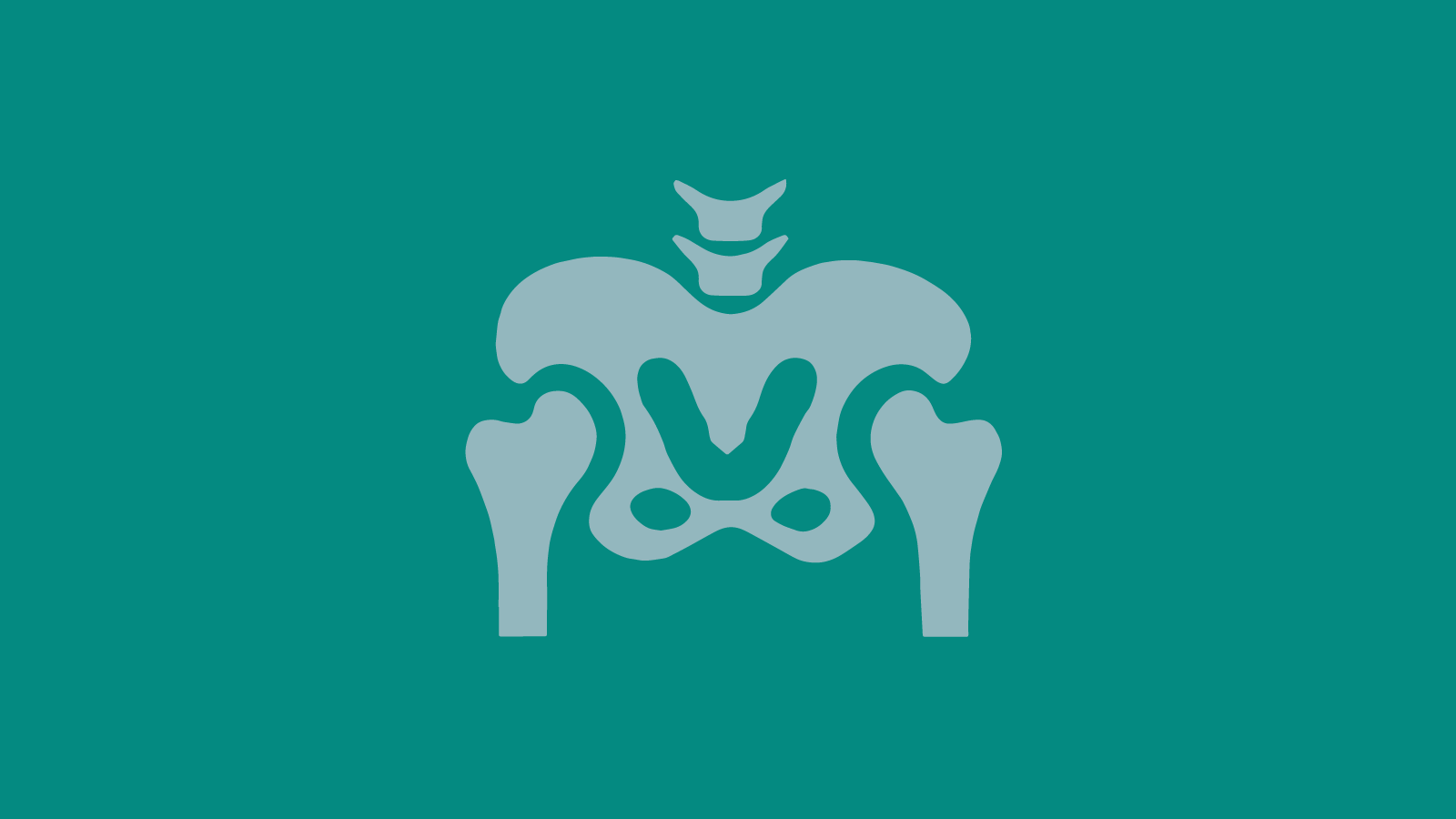
The first thing to understand is the relationship of the pelvic floor and the abdominal muscles. Both have taken on a lot of challenges throughout this pregnancy. They have been overstretched, weighed down and every organ in the abdominal cavity re-arranged. Our bladder and bowels have had new pressures and been strained with night time voiding and days of constipation. Our back and diaphragm muscles, which are also part of the core muscles, have been overworked and stressed out as well, due to the load of carrying a baby. So where do we start?
The first place to start is to be easy on yourself and let your body heal, allowing your hormones to adjust and your sweet baby and yourself to get in sync together. In the first 4-6 wks, you can begin with daily pelvic floor and abdominal isometric activation with contract and relax patterns. This means gentle contractions, not maximal contractions are needed and they can be done simply, in multiple positions, whether laying down, sitting or standing.
The pelvic floor muscles are striated muscle just like the ones in your leg or arms. If you don’t use them for 3-5 days, they atrophy. If they have any trauma during delivery, tears in the pelvic floor muscles that had to be repaired or a C-section surgery, all these muscle will take longer to heal up to 2-4 wks.
The external pelvic floor muscles that you can see are shaped like a diamond. They go from the bones on either side that you sit on, to the pubic bone in the front of the floor to the tailbone in the rear. These muscles are responsible for opening and closing the urethra which controls your bladder voiding, the anal sphincter that controls you bowels and the closing of the vaginal doors, along with sexual pleasure.
What Is A Kegel
These are often the muscles we are using when we do the traditional “Kegel”, which is to start and stop the flow of urine midstream. Do not do a traditional Kegel as when you stop the flow of urine midstream it confuses the delicate biofeedback loop of the system.
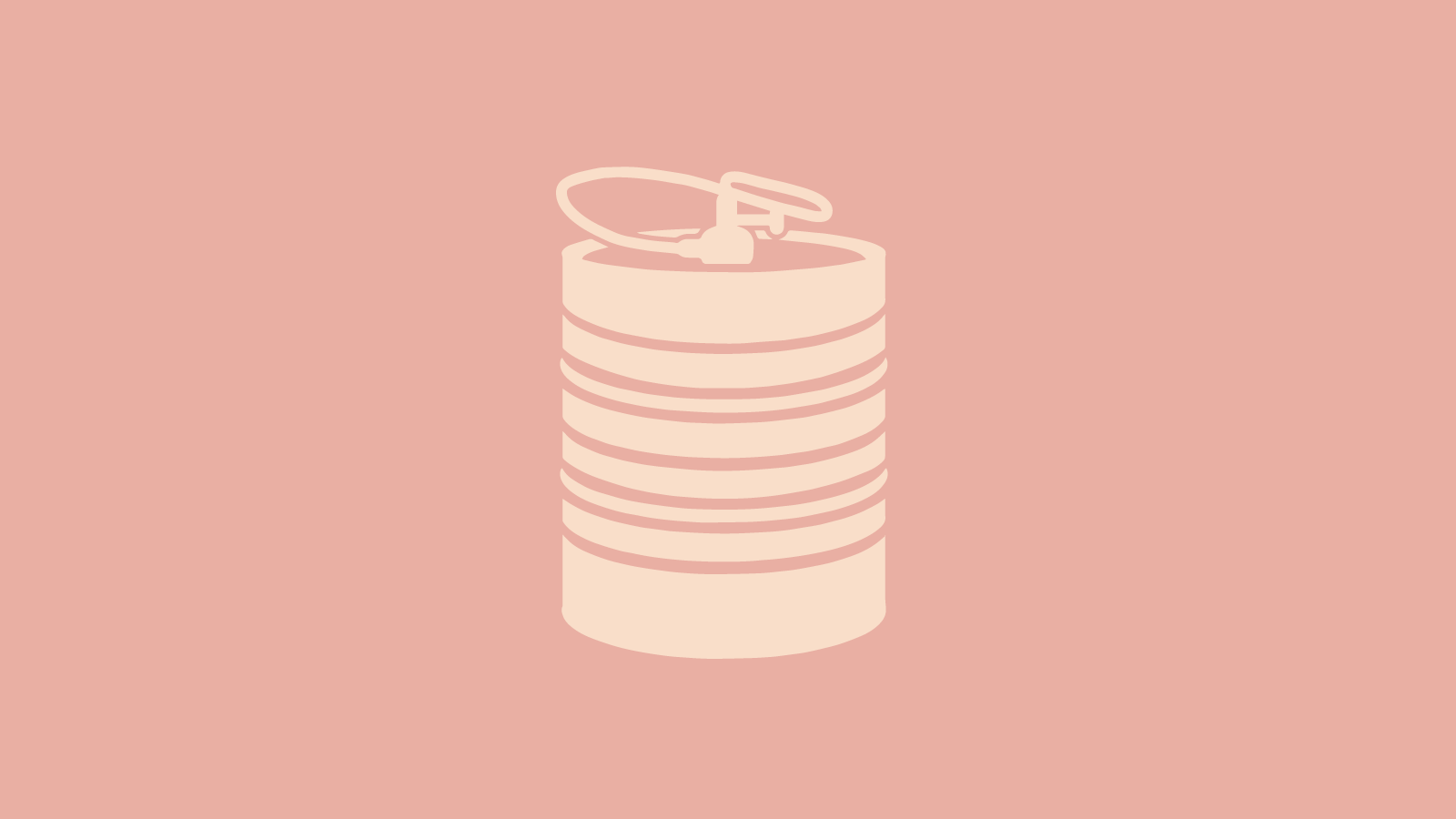
The deep internal muscles look like a large bowl or hammock, that hold your bladder, vaginal, uterus and ovaries and rectum. They lift and support all the these structures and they are essential for long-term health of the pelvic floor as well. These deep muscles of the floor, you are unable to palpate, unless you go in vaginally or anally to examine them.
These floor muscles can be activated regardless of the position you are in and they need to be activated daily as is any other muscle in the body, especially following having a baby. The imagine to conjure up with these muscles is to think of a basket of fruit and as you contract them it is like you are lifting them up from the floor to the table. These muscles work with the external muscles but it helps to think of them elevating the fruit basket up towards your nose.
How Concentrated Breathing Helps Strengthen Your Pelvic Floor

A great way to activate all layers of the pelvic floor muscles together is by utilizing your breath. The easy way to learn this is lay flat on your back. Take a deep breath in and feel your diaphragm inflate as all the air fills your lungs and your belly rises. Imagine all your abdominal internal organs sliding and gliding in the downward direction (one study sited that the kidneys actually glided down 3 cams with deep inhalation), and your pelvic floor actually relaxes and elongates.
Then imagine as you exhale all that air, the pelvic floor contracts and shortens as the diaphragm springs backup. The external diamond shaped muscles and the deep bowl muscles need to have some mental pictures to help them contract more efficiently.
So think of the large diamond shaped external muscles coming to midline towards the vaginal opening. The muscles around the cliterol region pull down towards the vaginal opening, the vaginal opening shuts like the doors of an elevator and the anal opening does a wink as it shuts. You have now contacted the external layers. Now imagine that all of these muscles will lift with the internal deep bowl muscles, all the organs up towards your nose.
You can hold this contraction for 5 and then a 10 count and you can practice doing these contractions at 25-50-75% of maximal. Your repetitions needs to be done throughout the day. The relaxation of the floor on inhalation when you are breathing is just as important as the contraction part.
You do not want to overwork the floor as it is like any other muscle, it can get too short and fatigued. So pay attention and listen to your body. If you are unsure how to do this, please see your Pelvic Health Physical Therapist as they do this work everyday and they can help you.
Your abdominal muscles are also an integral part of your pelvic health. All four layers of your abdominal muscles help your pelvic floor work more efficiently and you will not be able to strengthen the pelvic floor well unless you engage the abdominal muscles together with the floor. They are a team! The stronger the abdominal muscles, the stronger the floor and vice versa.
The transverse abdominus is the under layer and it wraps the abdomen like a present. You can feel it contract as you put your hands in your pants pockets. Then draw your tummy in towards your spine. The long rectus abdominus or “six pack” has really been overstretched during pregnancy and when you pull it in towards your spine remember to pull the long line in the middle of the six pack in towards your spine too.
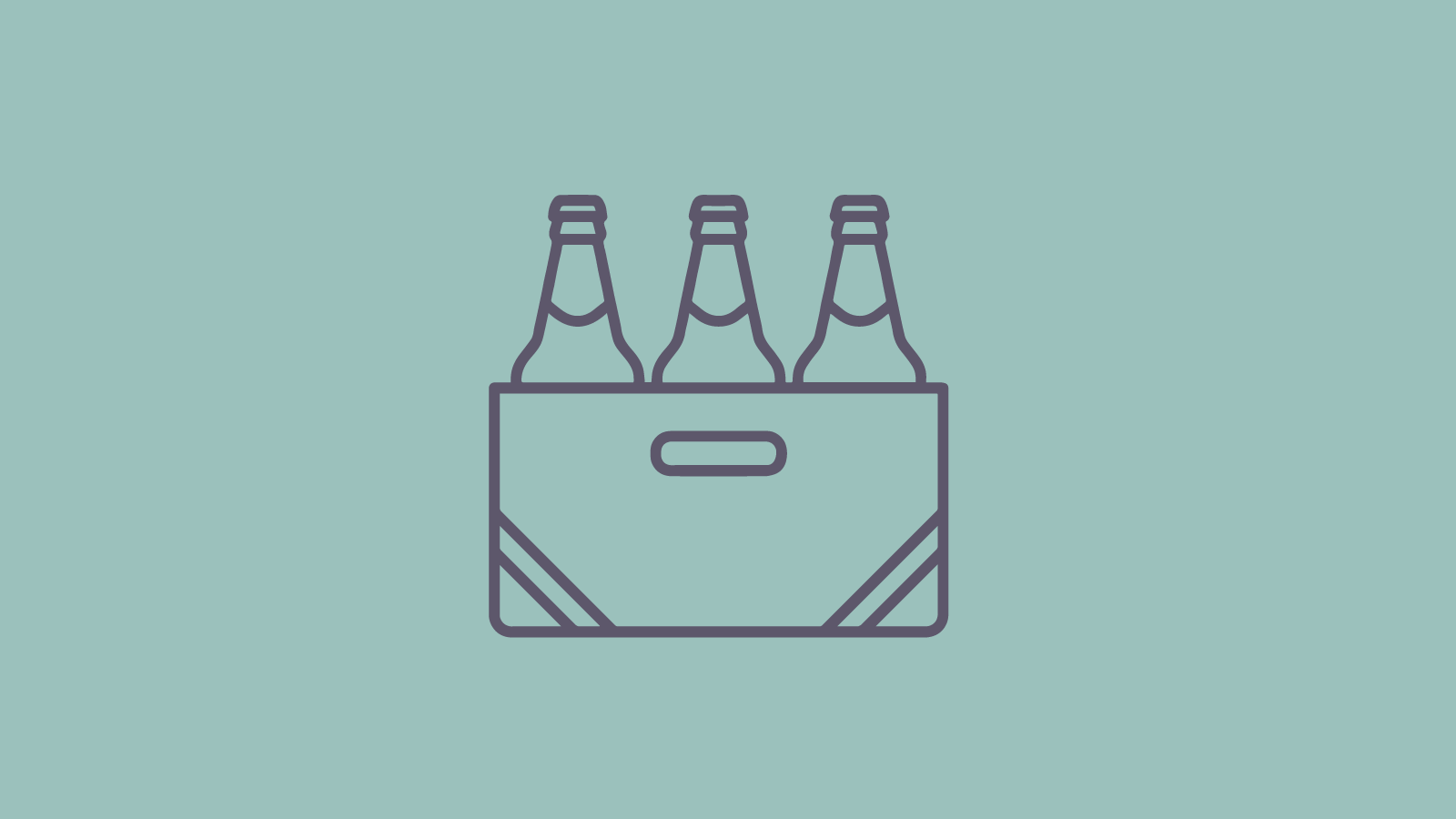
Don’t let it “pooch out” when you contract. Pull it in. Then remember your outer abdominal muscles, the obliques, they wrap around your abdomen to give us a nice curve at the waist. The abdominal muscles relax as the floor relaxes with inhalation of our breath and then they contract as we exhale. As you blow out, think of expelling all the air out of the lungs and all your organs moving upwards. The floor helps you do this. Do not bear down or push down, lift up the container with the help of the pelvic floor muscles.
This all happens together as you do not want to overtrain the abdominal muscles without the floor onboard. In over trained abdominal muscles with poor pelvic floor contraction you will often push the organs- bladder, bowel and vaginal tissue south. This causes “peeing” with exertion, pelvic prolapses and bowel issues.
Cross fitters beware, “peeing” is not a good indication of strength and health, it actually means that the container is not properly firing with good integration of pelvic floor and abdominal muscles and there is a abnormal pressure that is occurring due to weakness patterns or overactivity of other muscles.
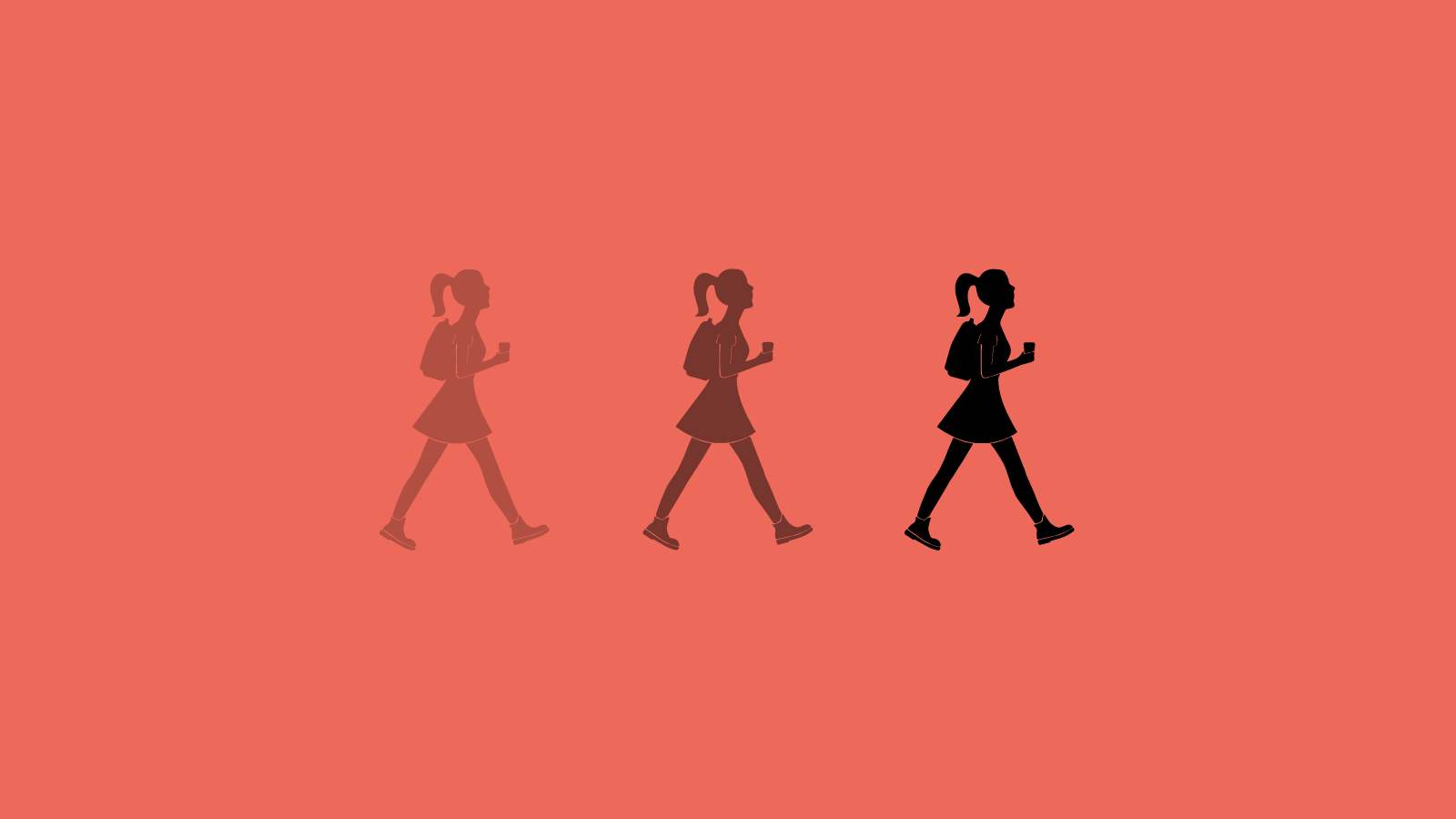
Walking is also a great way to begin integration of the pelvic floor and abdominal muscles. Begin slowly with 10-15 mins and progress to 30-60 mins a day. As you are walking you can practice gentle, light abdominal and pelvic floor contractions as you go. The pelvic floor has 70% slow twitch muscle fibers and 30 % fast twitch muscle fibers, so it takes time to re-set these muscles.
Your quick contractions can be done by seeing how many contractions you can do in a 10 count to start with and then progress from there. Do not get discouraged and if you need assistance please contact your local Pelvic Health Physical Therapist, we are here to help. In France you always have visits with the Pelvic Health Physical Therapist after having a baby. I am hoping that this will be the norm soon in the US as well.
Sheree DiBiase, PT is the owner of Lake City Physical Therapy and she and her incredible staff feel strongly that Women’s Health is important and necessary for postpartum Mom’s and Mom’s of all ages. Please come see us for all your Women’s health needs. We are here to help you achieve your lifestyle goals with good pelvic floor and abdominal muscle strength. Hayden (208)762-2100, CDA (208)667-1988, Spokane Valley (509)891-2623.

